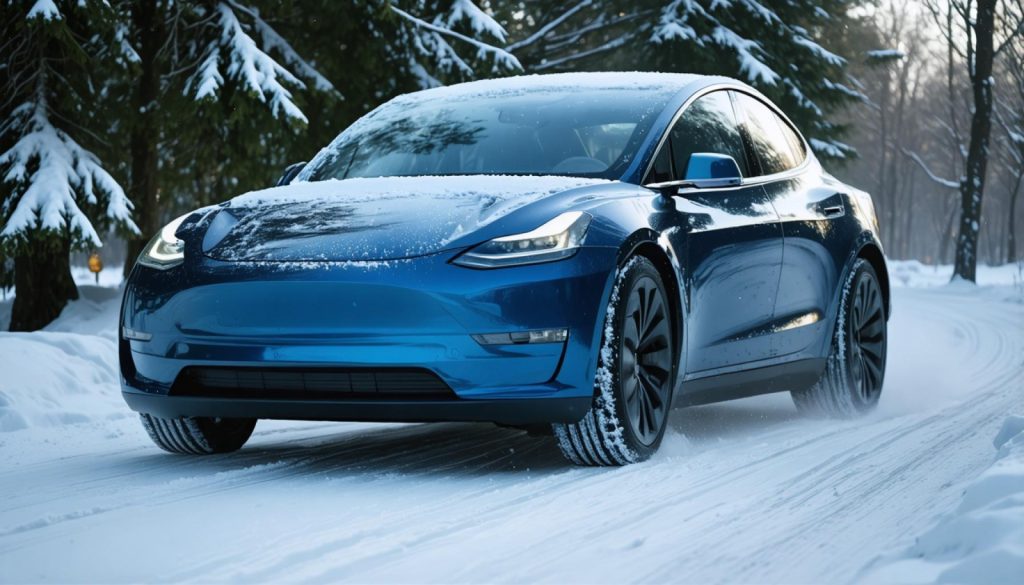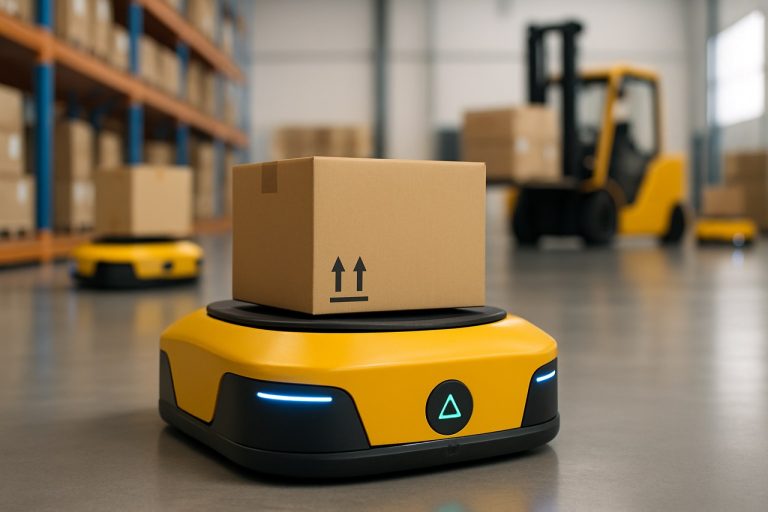
- CATL has launched sodium-ion batteries capable of excellent performance in temperatures as low as -40 degrees, broadening their usability for winter climates.
- Sodium is more abundant and environmentally friendly compared to lithium, providing a sustainable path for battery production.
- The sodium-ion batteries, branded as Naxtra, offer agile charging and are suitable for both compact EVs and commercial trucks.
- High-voltage sodium-ion packs deliver an energy density of 175 watt-hours per kilogram and can charge from 30% to 80% in just 30 minutes, even in cold conditions.
- The batteries have undergone rigorous safety testing, excelling in crash and penetration tests.
- Innovative low-voltage packs offer vehicle-to-load (V2L) features, transforming trucks into mobile power stations.
- Production of these batteries is set to begin in June for high-voltage units and by December for lower-voltage packs.
The bustling world of electric vehicles (EVs) just witnessed a groundbreaking reveal that could reshape the future of green transportation. CATL, the global giant in battery production, has unveiled its new sodium-ion batteries, which promise to redefine performance in extreme cold. Imagine a battery that retains its zest even as temperatures plunge to -40 degrees. This is not the future—it’s happening now.
As bustling cities teem with innovative automobiles, these sodium-ion batteries step into the spotlight with vivid promise, bringing hope to regions where winter’s chill grips for months. Unlike their lithium-ion cousins, these batteries harness the power of sodium—a vastly more abundant and environmentally friendly element. With sodium being a thousand times more plentiful than lithium, the potential for sustainable widespread adoption feels within reach.
CATL’s new creation, known under the evocative brand name Naxtra, offers more than just promises. It demonstrates a robust capacity to thrive where others falter, delivering agile charging and performance for both low- and high-voltage applications. Whether it’s compact EVs nipping through city streets or commercial trucks barreling down frosty highways, sodium-ion technology is poised to deliver.
The technical prowess of CATL stands undiminished as their batteries boast an energy density capable enough to keep urban commuters and far-reaching travelers alike on the road. A high-voltage pack showcases an impressive 175 watt-hours per kilogram—adequate to propel a city car to swap traffic for the open road with confidence. Moreover, these batteries provide regular charging at rapid speeds, from 30% to 80% in mere half an hour, even as mercury levels drop.
The rigorous safety testing unveils a battery not merely built to survive but to thrive through an array of demanding trials. From formidable crush tests to penetration challenges, CATL’s sodium-ion battery emerged unscathed, exemplifying a new standard of resilience.
Perhaps more intriguing is the low-voltage sodium-ion pack, specially designed for trucks. Bye bye, aging lead-acid batteries! Drivers can now enjoy the convenience of vehicle-to-load (V2L) functionality right at their fingertips—turning trucks into mobile power stations, ready to brew that victory cup of coffee on the coldest of days.
The journey doesn’t stop here. Production gears up as early as next June for the high-voltage units, with lower-voltage packs coming off the line by December. Forward-thinking and earth-conscious, CATL’s sodium-ion batteries signal a thaw in the realm of electric vehicles’ winter challenges—ushering the dawn of a new era in sustainable mobility.
Revolutionary Sodium-ion Batteries: The Future of Cold Weather EV Performance
Introduction
In a transformative leap for green technology, CATL has unveiled its new sodium-ion batteries, poised to revolutionize electric vehicle (EV) performance in extreme climates. With their ability to function efficiently at temperatures as low as -40 degrees, these batteries are set to make a significant impact in cold regions, offering a sustainable and abundant alternative to lithium-ion technology.
How Sodium-ion Batteries Work
Sodium-ion batteries replace lithium with sodium, a more abundant material, promising lower costs and increased sustainability. Sodium, being a thousand times more plentiful than lithium, can be sourced with minimal environmental impact, offering a sustainable solution largely reliant on renewable resources.
Key Features and Benefits
1. Temperature Tolerance: Capable of operating at -40 degrees, making them ideal for use in northern climates.
2. Energy Density: The high-voltage packs deliver 175 watt-hours per kilogram, ensuring reliable performance for both urban commuters and long-haul travelers.
3. Rapid Charging: Efficient charging capability, reaching from 30% to 80% in just 30 minutes, matches the convenience of existing technologies.
4. Robust Safety: Extended safety tests show resilience against physical stresses like crush and penetration tests.
5. Versatile Applications: Low-voltage packs include vehicle-to-load (V2L) functionality, ideal for commercial trucks and mobile power needs.
Real-World Use Cases
– City Commuters: Efficient charging and robust energy capacity make sodium-ion batteries suitable for everyday urban use.
– Commercial Trucks: The V2L function can power essential equipment and appliances on the go, a boon for remote work sites or long-haul trucking.
– Cold Climate Viability: Perfect for nordic and alpine regions, ensuring functionality where traditional batteries fail.
Market Forecasts and Industry Trends
The EV market is rapidly expanding, with sodium-ion batteries positioned as a promising alternative in regions where lithium-ion technology faces climate-related limitations. As production ramps up in 2024, market adoption is anticipated to increase, driven by growing emphasis on sustainability and resource availability.
Limitations and Challenges
– Energy Density: Although promising, the energy density of sodium-ion batteries is currently lower than that of some advanced lithium-ion batteries.
– Production and Scale: While initial production is promising, widespread adoption will depend on the scalability of manufacturing processes.
Pros and Cons
Pros:
– Sustainable and low-cost materials
– Enhanced performance in cold climates
– Rapid charging capabilities
– Versatile applications
Cons:
– Currently lower energy density than some lithium-ion solutions
– Technological maturity is still in nascent stages
Insights and Predictions
The introduction of sodium-ion technology signals a shift towards more sustainable, climate-resilient solutions in the EV market. The trend towards material diversification (e.g., using sodium instead of lithium) could further open the door to more geographic regions and applications, pushing advancements in cold-weather transportation solutions.
Actionable Recommendations
– Automakers: Consider integrating sodium-ion battery technology into EVs designed for cold climates to enhance operational reliability.
– Consumers: For those in regions with harsh winters, investigate future EV models incorporating sodium-ion batteries as a viable option.
– Energy Sector Stakeholders: Explore investment opportunities in sodium-ion production technologies to align with the growing demand for environmental sustainability.
For further updates on industry advancements and eco-friendly technologies, check out CATL’s official website.
Embrace this green technological leap and contribute to a future of sustainable mobility!



